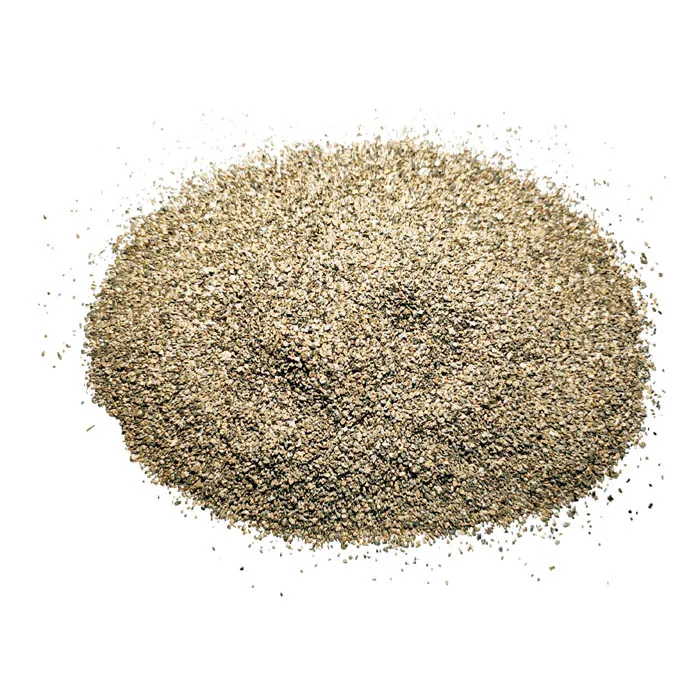May . 08, 2025 16:59 Pada si akojọ
Revolutionizing Steelmaking: The Power of Particle Covering Agent
In the dynamic world of metallurgical production, innovation often lies in the details. One such detail—though crucial—is the particle covering agent. As the demand for higher steel purity, thermal efficiency, and slag control continues to grow, this advanced Aṣoju ibora is transforming operations in electric arc furnaces, ladles, and particularly tundishes. With unmatched consistency, exceptional insulation, and robust performance under high temperatures, the particle covering agent represents a new era of steel production efficiency.

How Particle Covering Agent Enhances the Steel Production Process
The introduction of particle covering agent into the steel production process offers multiple improvements that directly impact both product quality and operational cost-efficiency. In tundish metallurgy, the Tundish Covering Agent plays a vital role in maintaining a stable thermal environment during continuous casting. It reduces steel temperature loss, minimizes re-oxidation, and prevents slag entrapment, all of which contribute to a cleaner end product.
What makes the particle covering agent particularly effective is its granule structure and high melting point. These properties help form a strong barrier between the molten steel and the air, preserving the molten bath's chemical stability. This improvement in the production environment translates to reduced alloy loss and improved steel cleanliness, which are essential in high-grade steelmaking.
The Role of Particle Covering Agent in High-Temperature Smelting
Steelmaking involves extreme temperatures that require additives capable of withstanding intense heat without decomposition or interaction with molten metals. The particle covering agent is engineered precisely for this role. Its unique thermal insulation capacity prevents rapid temperature drop in the tundish or ladle and ensures that the molten steel remains in optimal casting condition throughout the process.
In addition to thermal management, the Aṣoju ibora plays a crucial role in protecting the steel bath from atmospheric gases such as oxygen and nitrogen. Its low thermal conductivity, high refractoriness, and excellent spreadability allow it to distribute evenly across the molten steel’s surface, forming a highly efficient insulating layer. This minimizes energy loss and increases casting consistency.
Particle Covering Agent vs. Traditional Metallurgical Additives
While traditional materials like rice husk ash, expanded perlite, and synthetic slags have been commonly used in foundries, they do not match the uniformity and performance levels offered by the particle covering agent. Traditional additives may react with molten metal or introduce inclusions due to inconsistent melting behavior or inferior composition.
In contrast, the particle covering agent is specifically processed to deliver controlled grain sizes, consistent melting points, and non-reactive chemistry. It does not contaminate the molten steel, nor does it form sticky residues that complicate tundish maintenance. The Tundish Covering Agent variant is even more specialized, featuring enhanced fluidity and lower impurity levels to suit modern tundish requirements, particularly in long-sequence casting operations.
Expanding Industrial Applications and Market Demand for Covering Agent
With growing emphasis on automation and steel purity in industries such as automotive, aerospace, and energy, the demand for high-quality Aṣoju ibora products is rising. The particle covering agent is now an essential part of the consumables portfolio for steel plants aiming to reduce slag inclusion and maximize alloy recovery.
Its application is not limited to the tundish alone. The Aṣoju ibora is widely used in induction furnaces, electric arc furnaces, ladles, and refining vessels. Each variant is formulated to adapt to different smelting environments and steel grades, ensuring maximum compatibility and minimal operational downtime. As steel producers worldwide upgrade their casting and smelting technologies, the particle covering agent becomes a strategic investment in performance and quality assurance.
Particle Covering Agent FAQs
What is the main purpose of a particle covering agent in steelmaking?
The primary purpose of the particle covering agent is to insulate molten steel, prevent heat loss, and protect against atmospheric contamination during smelting and casting operations.
How does a Tundish Covering Agent differ from a general Covering Agent?
A Tundish Covering Agent is specifically designed for tundish applications, offering superior spreadability, low impurity content, and excellent insulation to maintain steel quality during continuous casting.
Can particle covering agent improve steel purity?
Yes, the particle covering agent reduces slag entrapment and re-oxidation, leading to fewer inclusions and higher overall steel cleanliness.
Is particle covering agent more cost-effective than traditional additives?
While the initial cost may be slightly higher, the particle covering agent provides better thermal control, reduced material waste, and improved product quality, making it more cost-effective over time.
What characteristics make covering agents suitable for high-temperature applications?
The Aṣoju ibora features high refractoriness, chemical stability, and thermal insulation, allowing it to perform effectively in extreme temperatures without degrading or reacting with molten steel.
-
Strength with Premium Steel and Calcined Bauxite
IroyinJul.28,2025
-
Revolutionize Construction Efficiency with Smart Industrial Materials
IroyinJul.28,2025
-
Redefined with High-Grade Iron Powder Solutions
IroyinJul.28,2025
-
Metallurgical Efficiency with Innovative Recarburisers and Covering Agents
IroyinJul.28,2025
-
Industrial Efficiency Enhanced with High-Performance Recarburizer Solutions
IroyinJul.28,2025
-
Boosted by Advanced Iron Powder and Carbon Additive Solutions
IroyinJul.28,2025
